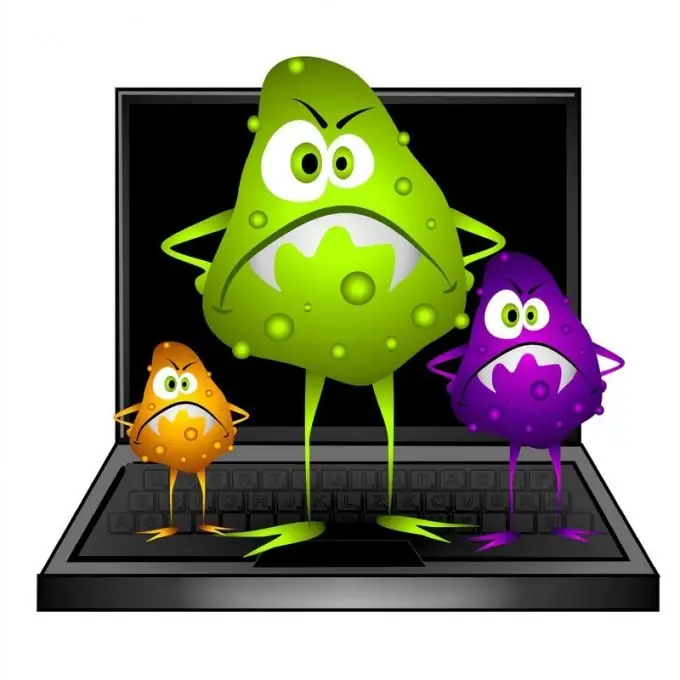- Author Lauren Nevill [email protected].
- Public 2023-12-16 18:48.
- Last modified 2025-01-23 15:15.
Despite the constant improvement of anti-virus software products and the replenishment of their databases with new entries, some viruses and malware can still penetrate the computer. If we are talking about advertising windows that pop up on top of all other windows in the system, interfering with the work with the PC, it is necessary to delete the files causing them as soon as possible.

It is necessary
- - Internet browser;
- - Dr. Web CureIt program.
Instructions
Step 1
There are several ways to deal with pop-ups caused by virus activity. First of all, try to solve the problem using the freeware-program Dr. Web CureIt. You can download it from the official website of the Dr. Web anti-virus software manufacturers.
Step 2
After downloading and installing the application on your computer, launch it. An operating system scan for malware will start automatically. This is as it should be, because many viral banners try to prevent this type of application from launching. Also keep in mind that you need to run CureIt not in a safe mode, but in normal Windows operating mode.
Step 3
If no viruses were found, then you need to find a code to disable the annoying pop-up window. Go online from your phone or another computer. Enter https://support.kaspersky.com/viruses/deblocker or https://sms.kaspersky.com into the address bar of your browser.
Step 4
Next, enter the phone or account number indicated in the banner text, and then click on the "Get code" button. You will be presented with several codes - try entering them one by one until you find the one you want. If the required code was not among those presented, try to find it by following the links https://www.esetnod32.ru/.support/winlock or
Step 5
If, despite all your efforts, you cannot remove the banner, try to find the virus files yourself. To do this, start the OS in safe mode - then the virus window will not interfere with the search. To do this, while restarting the PC, press F8. When Windows boots up, locate the system32 folder in the Windows directory on your system drive.
Step 6
Find and then delete all files that have a dll extension and a name ending in lib, for example, partlib.dll, hostlib.dll, etc. After deleting all files that match the description, restart your computer and select the normal OS boot mode. After that, perform a full scan of your computer for viruses.






